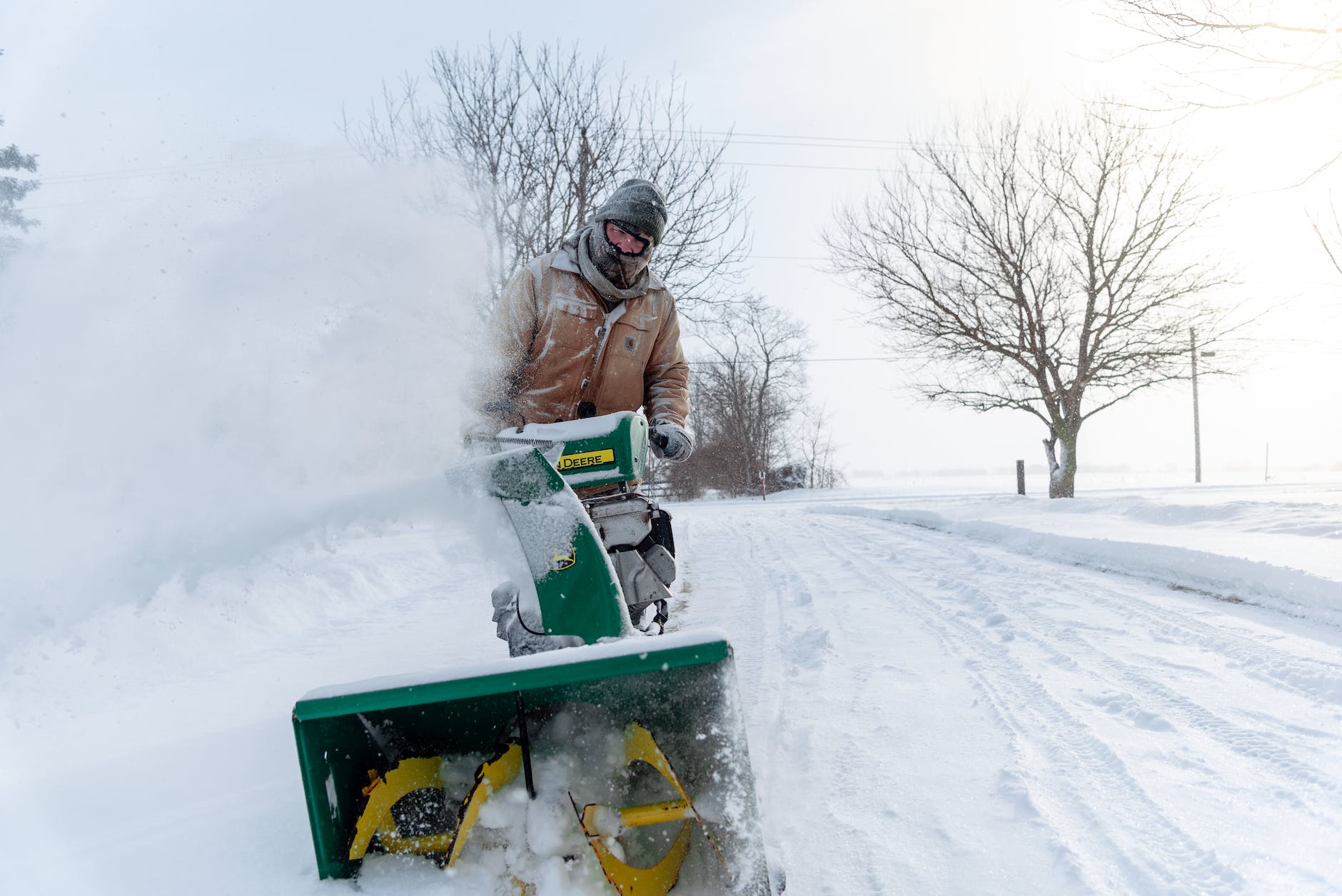If your engine is revving too high, you’ll need to know how to adjust the governor on Tecumseh snowblower engine. Or any snowblower. Or any engine, for that matter.
What is a Governor
When I was younger, I had a sweatshirt that simply said, “My governor can beat up your governor.” Yes, I am proud to be from Minnesota, but I’m not sure electing Jesse Ventura to be the Governor was our finest moment. Although, it is pretty funny.
But we’re not talking about that type of governor.
A governor can operate in different ways, but its main responsibility is to limit the RPMs on an engine. On some machines, the throttle is completely controlled by the governor.
It’s important to read your owner’s manual for information on your specific machine. Since we’re close to winter, this article is about snowblower engines.
And, since Tecumseh is (was) one of the more popular manufacturers of snowblower engines for a variety of snowblower manufacturers, we’ll talk about the adjustment of a mechanical governor on this type of engine.
What is the correct RPM range for a Tecumseh snowblower engine?
Again, this will depend on your specific engine. But a good range is 1,800 RPM at idle and 3600 RPM at full throttle.
To measure the RPMs, you can use a digital tachometer or a vibratory tachometer. If you have experience running snowblower engines, you’ll be able to hear a “good” RPM range (decent).
Why is the correct RPM important?
Engines are made to specifications. There are tolerances for almost every moving part contained within them. When those tolerances or specifications are not adhered to, disastrous results can follow.
Specifically, if the RPM is too high on a Tecumseh snowblower engine, the connecting rod can self-destruct in a grenade-like fashion. This explosion can produce a “window” in your previously contained engine block.
So, yeah. RPMs are kind of important.
How to adjust the high RPM with the governor
On the common Tecumseh snowblower engines, there’s a linkage that runs from the throttle lever to the governor.
The governor itself is a gear inside the engine. Small weights spread on this gear as the RPM increases. This causes the governor linkage to push back on the throttle lever spring.
Doing so will slightly control the throttle plate on the carburetor. In order to adjust the governor, you need to adjust the tension on the throttle lever spring.
To adjust the full throttle or high RPM speed, you simply adjust the torx screw on the throttle lever plate.
To increase the RPMs, you turn the screw in – clockwise. This increases the tension on the throttle lever spring and applies more resistance to the governor.
To decrease the RPMs, you need to turn the screw out – clockwise. This reduces the tension on the throttle plate spring with decreases the resistance on the governor.
How to adjust the idle RPMs on a Tecumseh snowblower engine
The idle speed on these engines is not controlled by the engine, but rather, by the carburetor.
The idle speed adjustment screw is also a torx screw, and it is located right beneath the throttle plate on the carburetor.
To increase the idle speed, rotate the screw clockwise. This pushes the plate out to reduce the amount that the throttle plate can close at idle.
More air equals higher RPMs, so if the throttle plate can’t close as much, then the RPMs will increase.
To decrease the idle RPMs, just do the opposite. It will allow the throttle plate to close more and diminish the air intake which causes the RPMs to drop.
Recap
I’m a proponent of keeping equipment in optimal condition. Even if you’re a casual user of power equipment, I’m sure that we can agree that snowblowers are not cheap.
They’re certainly not going to get cheaper any time soon either. To that end, it’s important to be able to perform proper maintenance on your machine.
While it’s not very often that you encounter a sudden change to the RPMs, if you’ve serviced the carburetor, then it’s important to assess the speed at which the engine is running. More likely, you should check the RPMs on any unknown machine you’re working on.
Unless, of course, you feel like buying a new snowblower.
As an Amazon Associate I earn from qualifying purchases.
